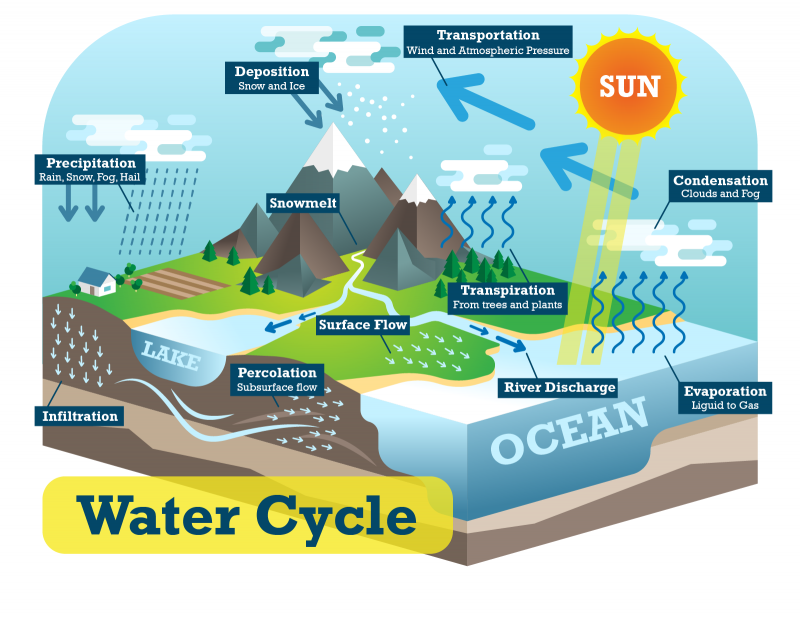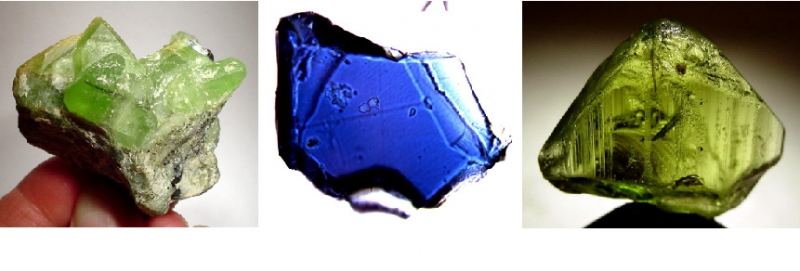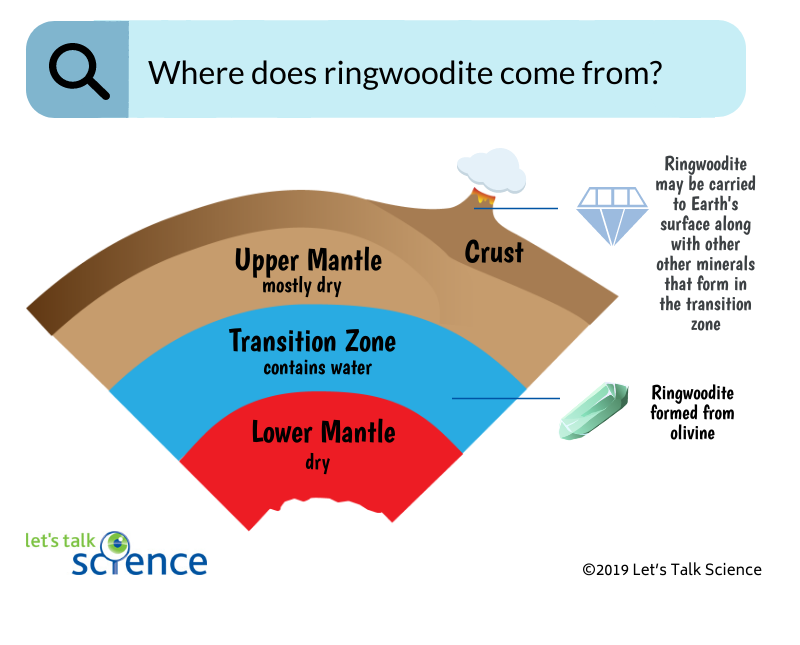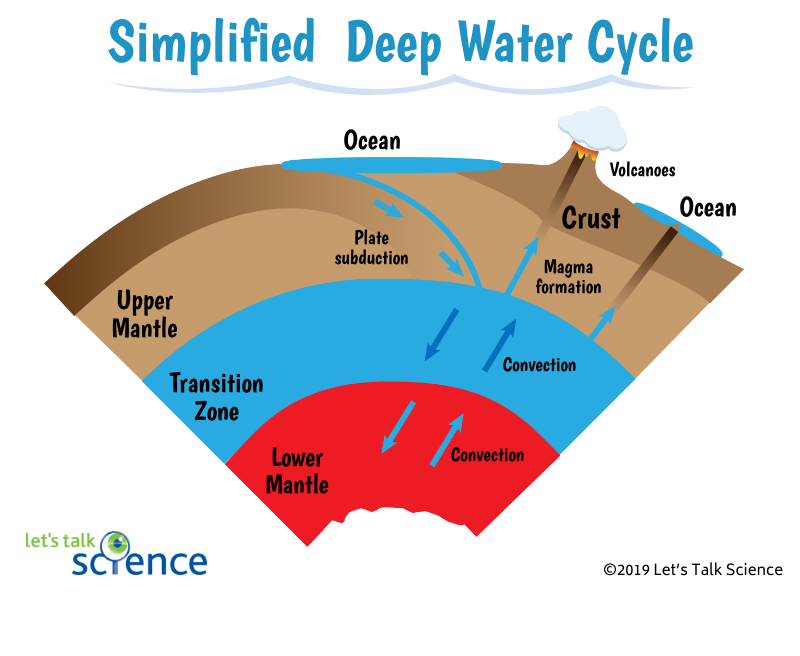Ringwoodite and the Deep Water Cycle
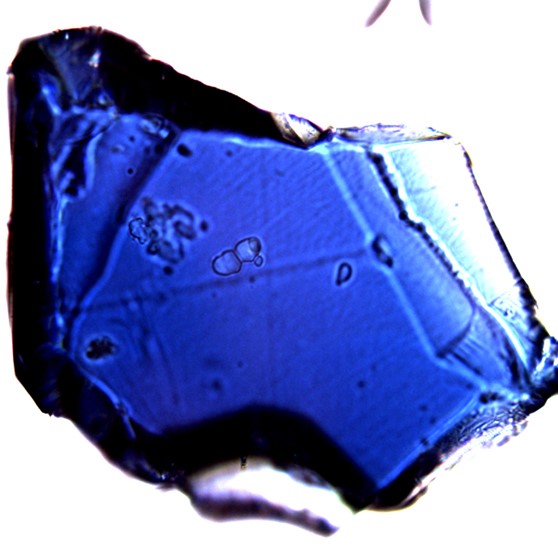
Magnified image of a ringwoodite crystal with a diameter of approximately 150 micrometres (Jasperox/Wikimedia Commons)

Magnified image of a ringwoodite crystal with a diameter of approximately 150 micrometres (Jasperox/Wikimedia Commons)
6.7
How does this align with my curriculum?
Curriculum Alignment
BC
11
Earth Sciences 11 (June 2018
Big Idea: Earth materials are changed as they cycle through the geosphere and are used as resources, with economic and environmental implications.
BC
12
Geology 12 (June 2018)
Big Idea: Minerals, rocks, and earth materials form in response to conditions within and on the Earth’s surface and are the foundation of many resource-based industries.
ON
11
Environmental Science, Grade 11, Workplace (SVN3E)
Strand E: Natural Resource science and Management
YT
11
Earth Sciences 11 (British Columbia, June 2018
Big Idea: Earth materials are changed as they cycle through the geosphere and are used as resources, with economic and environmental implications.
YT
12
Geology 12 (British Columbia, June 2018)
Big Idea: Minerals, rocks, and earth materials form in response to conditions within and on the Earth’s surface and are the foundation of many resource-based industries.
BC
8
Science Grade 8 (June 2016)
Big Idea: The theory of plate tectonics is the unifying theory that explains Earth’s geological processes.
BC
11
Earth Sciences 11 (June 2018
Big Idea: Plate Tectonic Theory explains the consequences of tectonic plate interactions.
BC
12
Geology 12 (June 2018)
Big Idea: The plate tectonic theory explains the changes that occur within Earth and to Earth’s crust throughout geological time.
YT
11
Earth Sciences 11 (British Columbia, June 2018
Big Idea: Plate Tectonic Theory explains the consequences of tectonic plate interactions.
YT
12
Geology 12 (British Columbia, June 2018)
Big Idea: The plate tectonic theory explains the changes that occur within Earth and to Earth’s crust throughout geological time.
YT
8
Science Grade 8 (British Columbia, June 2016)
Big Idea: The theory of plate tectonics is the unifying theory that explains Earth’s geological processes.
BC
9
Science Grade 9 (June 2016)
Big Idea: The biosphere, geosphere, hydrosphere, and atmosphere are interconnected, as matter cycles and energy flows through them.
BC
11
Earth Sciences 11 (June 2018
Big Idea: The transfer of energy through the atmosphere creates weather and is affected by climate change.
YT
11
Earth Sciences 11 (British Columbia, June 2018
Big Idea: The transfer of energy through the atmosphere creates weather and is affected by climate change.
YT
9
Science Grade 9 (British Columbia, June 2016)
Big Idea: The biosphere, geosphere, hydrosphere, and atmosphere are interconnected, as matter cycles and energy flows through them.
